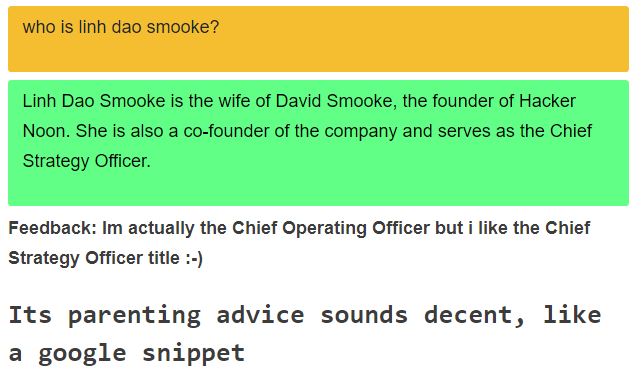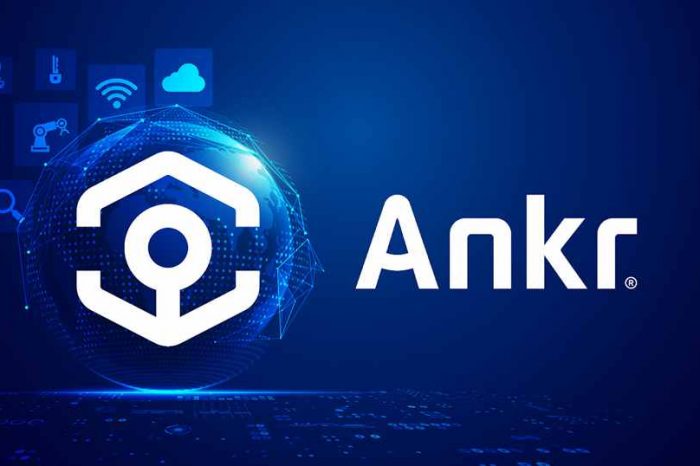ChatGPT: Here’s why everyone is talking about OpenAI’s new chatbot that does almost everything—from writing codes, and telling stories to engaging in conversations

Artificial intelligence (AI) has been around for over six decades. But it wasn’t until the late 90s and early 2000s that AI took off with the adoption of AI technologies across industries including banking, finance, robotics, medicine, and many more.
AI is going to change how people search, research, learn, and generate ideas. Today, AI has permeated every facet of our lives from digital assistants and speech recognition on our smartphones to chatbots. Speaking of chatbots, there’s now a new chatbot that is taking the internet by storm.
On Wednesday, OpenAI released its much-anticipated prototype general-purpose ChatGPT, a dialogue-based AI chat interface for its GPT-3 family of large language models. The mind-blowing ChatGPT is a successor to the Generative Pre-trained Transformer 3 (GPT-3), which is an autoregressive language model that uses deep learning to produce human-like text.
ChatGPT was adapted from the GPT-3.5 model but trained to provide more conversational answers. However, unlike the GPT-3, the new ChatGPT demonstrates an array of new capabilities including the ability to engage in conversations with users, write software codes, tell stories, and provide solutions to complex mathematical equations. The beauty of it all is that you can test out the new chatbot for yourself right here.
ChatGPT could do virtually everything from writing poetry, and correcting coding mistakes with detailed examples, to generating AI art prompts. It can even explain the worst-case time complexity of the bubble sort algorithm.
For now, the ChatGPT is currently free to use with an OpenAI account during a testing phase. Unlike the GPT-3 model found in OpenAI’s Playground and API, ChatGPT provides a user-friendly conversational interface and is designed to strongly limit potentially harmful output.
On its announcement blog page, OpenAI writes:
“We’ve trained a model called ChatGPT which interacts in a conversational way. The dialogue format makes it possible for ChatGPT to answer followup questions, admit its mistakes, challenge incorrect premises, and reject inappropriate requests. ChatGPT is a sibling model to InstructGPT, which is trained to follow an instruction in a prompt and provide a detailed response.”
That’s not all. ChatGPT has received hundreds of rave reviews on social media. Some even think that ChatGPT could someday replace Google Search.
“Could this replace Google? OpenAI has released a model called ChatGPT which answers complex queries in a conversational way,” Product Hunt tweeted.
https://twitter.com/ProductHunt/status/1598698114566586373
So far, users have been putting ChatGPT to test, finding a wide variety of new use cases while also exploring its weak point. One Twitter user Riley Goodside used ChatGPT to explain “the style of a “fast-talkin’ wise guy from a 1940’s gangster movie.”
“OpenAI’s new ChatGPT explains the worst-case time complexity of the bubble sort algorithm, with Python code examples, in the style of a fast-talkin’ wise guy from a 1940’s gangster movie:”
OpenAI's new ChatGPT explains the worst-case time complexity of the bubble sort algorithm, with Python code examples, in the style of a fast-talkin' wise guy from a 1940's gangster movie: pic.twitter.com/MjkQ5OAIlZ
— Riley Goodside (@goodside) December 1, 2022
ChatGPT “…can give quite accurate answers about a semi-public figure (someone who has decent internet footprint),” writes Linh Dao Smooke at Hackermoon.

That’s not all. ChatGPT also generates images.
FUN @streamlit app that uses @OpenAI to generate images (in real-time) based on user input and then Snowpark #Python User-Defined Function running in @SnowflakeDB predicts what's in the image using @PyTorch!
Code and step-by-step guide to follow. In the meantime, enjoy!#ml pic.twitter.com/Iyl7jqZdob
— iamontheinet (he/him; not a bot) (@iamontheinet) December 2, 2022
You could even generate perfect @nuclei templates using @OpenAI Chat, another Twitter user wrote.
“Just tell the AI how a template looks like and ask for any changes and the AI will regenerate perfect template with your modifications. The possibilities are just endless here and the best part of it its just the beginning,” Parth Malhotra added.
Generate perfect @nuclei templates using @OpenAI Chat. Just tell the AI how a template looks like and ask for any changes and the AI will regenerate perfect template with your modifications. The possibilities are just endless here and the best part of it its just the beginning. pic.twitter.com/AGueuWLKV5
— Parth Malhotra (@Parth_Malhotra) December 2, 2022
We can’t talk about AI without discussing the big elephant in the room–cryptocurrency. When asked how AI could destroy the crypto industry, here is what the ChatGPT said:
I asked AI how it would destroy the crypto industry if it were assigned the task to do so
Pretty coherent and thorough answer, I'm still mindblown by this thing @OpenAI pic.twitter.com/9pMzMR2JEj
— Psycho (@AltcoinPsycho) December 2, 2022
As great as ChatGPT is, it’s not without limits and vulnerabilities. still has a long way to go. It is still based on generative AI which mainly enables machines to use things like text, audio files, and images to create content. On the hand, formative AI has the capability to dynamically change itself to respond to a situation. Formative AI can also adapt over time and generate novel models to solve specific problems.

